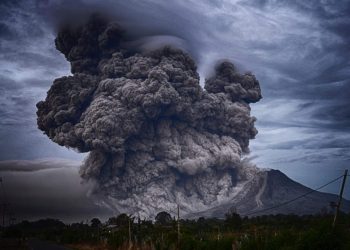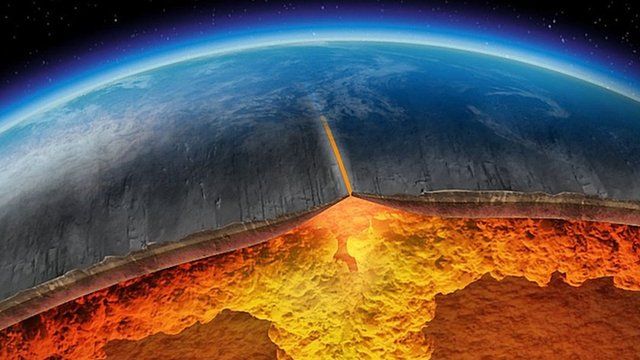Meteorite Impact: A Possible Cause for the Mysterious Younger Dryas Period
A team of international scientists has recently uncovered a massive impact crater hidden beneath a thick layer of ice in northern Greenland. Larger than the surface of Paris, the crater measures over 31 kilometers in diameter, making it one of the 25 largest impact craters on Earth. The researchers, hailing from Denmark, Germany, and the United States, believe the crater was formed by a one-kilometer-wide iron meteorite that crashed into the region around 12,000 years ago, towards the end of the last ice age.
This meteorite impact is thought to be responsible for the enigmatic 1,000-year period known as the Younger Dryas, a temporary return to glacial conditions following the gradual climatic warming after the Last Glacial Maximum began receding around 20,000 years ago. The study detailing this discovery has been published in the journal Science Advances.
The Power of the Meteorite Impact
The iron meteorite’s impact is estimated to have been equivalent to 47 million Hiroshima bombs, annihilating all life within a 100-kilometer radius. Debris from the impact was thrown several hundred miles in every direction, with some fragments potentially reaching as far as present-day Canada. Since then, the colossal crater has been hidden beneath the ice of the Hiawatha Glacier.
Uncovering the Hidden Crater
The discovery of the impact crater first occurred in July 2015, when experts from the Natural History Museum of Denmark and the University of Copenhagen noticed a depression beneath the glacier while creating a map of its physical features. Dr. John Paden, a study co-author, explained that glaciologists have been collecting radar-sounding data over the last few decades to produce maps of Greenland beneath the ice. The combination of this radar data and satellite imagery showing a circular pattern on the ice sheet’s edge provided a strong case for the site being an impact crater.
This remarkable discovery offers valuable insights into the geological and climatic history of the Earth and could shed light on the causes and consequences of the mysterious Younger Dryas period. Further research will be needed to pinpoint the exact date of the meteorite’s impact and to explore the full extent of its effects on the planet’s climate and ecosystems.
PLEASE READ: Have something to add? Visit Curiosmos on Facebook. Join the discussion in our mobile Telegram group. Also, follow us on Google News. Interesting in history, mysteries, and more? Visit Ancient Library’s Telegram group and become part of an exclusive group.











